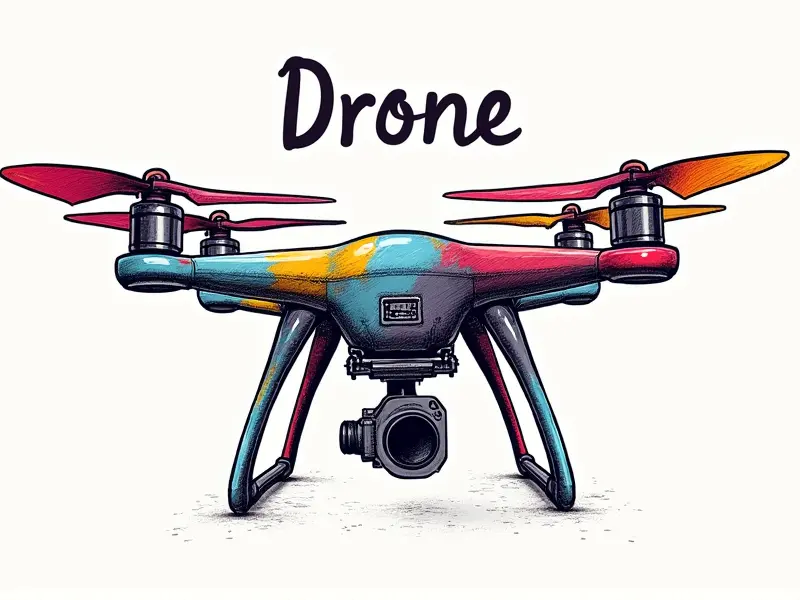What voltage is a Li-Po battery?

Lithium Polymer (LiPo) batteries are widely used in various applications, from remote-controlled vehicles to drones and electronic devices. Understanding the voltage of your LiPo battery is crucial for its longevity and performance. This article delves into the optimal voltage ranges, charging practices, common issues, and best practices associated with LiPo batteries.
Optimal Voltage for RC LiPo Batteries
The optimal voltage range for RC (Radio Controlled) LiPo batteries varies based on their cell count. A typical 3S (three-cell) battery has an optimal operating voltage of around 11.1V to 12.6V, while a 4S battery operates optimally between 14.8V and 16.8V.
Understanding LiPo Battery Voltages Explained
Lithium Polymer batteries are rated in terms of cell count (e.g., 3S, 4S), which indicates the number of cells connected in series. Each cell typically has a nominal voltage of 3.7V when fully charged and discharges to around 3.0V before needing recharging.
For instance, a 3-cell battery (3S) will have a total voltage range of approximately 11.1V to 12.6V, while a 4-cell battery (4S) will operate between 14.8V and 16.8V.
How to Charge Your LiPo Battery Correctly
To charge your LiPo battery correctly, follow these steps:
- Select the Right Charger: Use a charger designed specifically for LiPo batteries with settings that match your battery's cell count.
- Set Charging Voltage and Current: Charge at a rate of 1C (one times the capacity) or less. For example, if you have a 5000mAh battery, charge it at no more than 5A.
- Battery Temperature Monitoring: Ensure that your LiPo battery does not exceed safe temperature limits during charging and discharging.
Max Voltage for LiPo Batteries in RC Drones
The maximum voltage a LiPo battery can reach is based on its cell count. For example, a 3S (three-cell) battery will peak at around 12.6V, while a 4S (four-cell) battery will max out at approximately 16.8V.
Common LiPo Battery Voltage Issues Solved
Several common issues arise when dealing with LiPo battery voltages:
- Battery Overdischarge: Discharging below the recommended voltage can damage your battery permanently and reduce its capacity.
- Inconsistent Voltage Readings: Ensure that your voltmeter or charger is functioning correctly to avoid inaccurate readings.
Best Practices for Charging LiPo Batteries
To maintain the health of your LiPo battery, follow these best practices:
- Battery Balancing: Use a balanced charger to ensure all cells are charged evenly. This prevents overcharging or undercharging individual cells.
- Avoid Overheating: Charge in a well-ventilated area and avoid charging batteries that are too hot from use.
Avoiding Overcharging with LiPo Battery Voltages
To prevent overcharging, monitor the battery's voltage closely during the charging process. Most modern chargers will automatically stop charging when the battery reaches its maximum safe voltage. However, it’s essential to check for any signs of overheating or swelling.
Ideal Voltage Range for LiPo Batteries Explained
The ideal voltage range ensures that your LiPo battery operates efficiently and safely without compromising performance or longevity. For a 3S battery, the ideal operating range is from 11.1V to 12.6V, while a 4S battery should be within 14.8V to 16.8V.
How to Read Your LiPo Battery's Voltage
To read your LiPo battery’s voltage:
- Use a Multimeter: Connect the multimeter leads to the positive and negative terminals of the battery.
- Check with Charger: Most chargers display the current voltage during charging and discharging processes.
Why Voltage Matters in LiPo Batteries
Maintaining the correct voltage is crucial for several reasons:
- Battery Health: Operating within the recommended voltage range helps prevent damage and prolongs battery life.
- Performance: Ensuring optimal voltage levels maximizes power output, efficiency, and overall performance of your device.
Safe Operating Voltage for RC LiPos
The safe operating voltage range varies based on the number of cells in your battery. For a 3S (three-cell) battery, it is typically between 11.1V and 12.6V, while a 4S (four-cell) battery should operate within 14.8V to 16.8V.
Conclusion
Maintaining the correct voltage range for your LiPo battery is essential for optimal performance and longevity. By understanding how to charge correctly, avoid overcharging, and monitor voltages accurately, you can ensure that your RC drones or other devices powered by LiPo batteries operate safely and efficiently.

